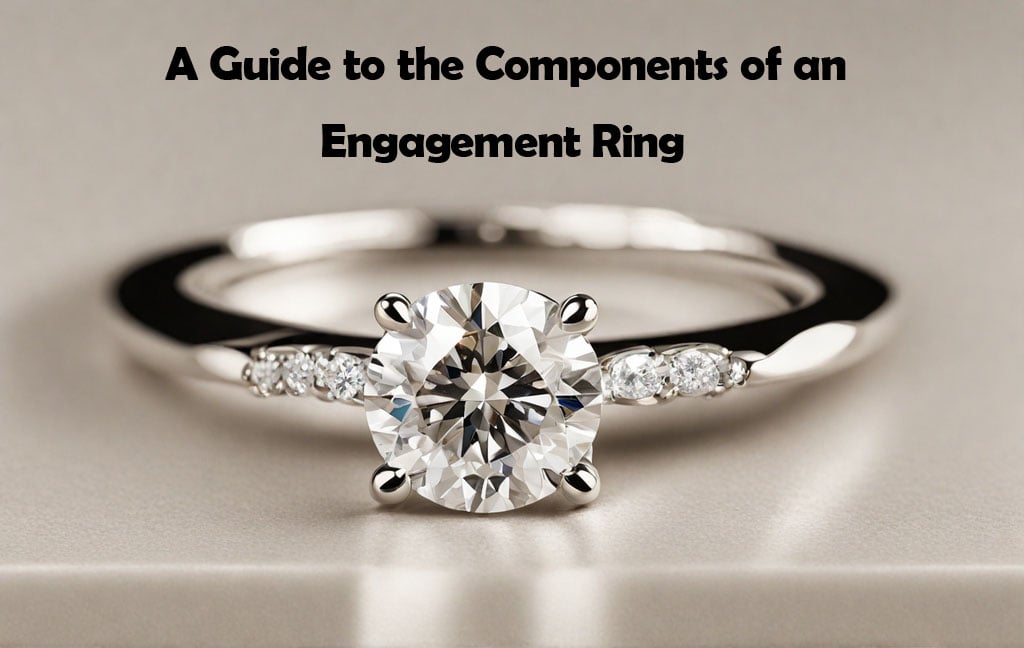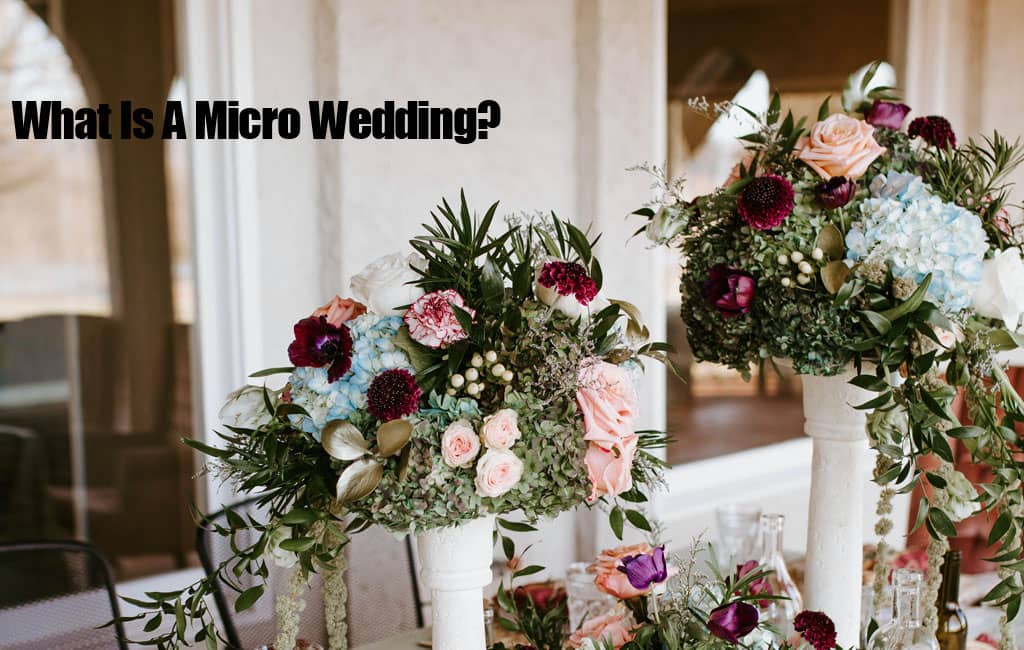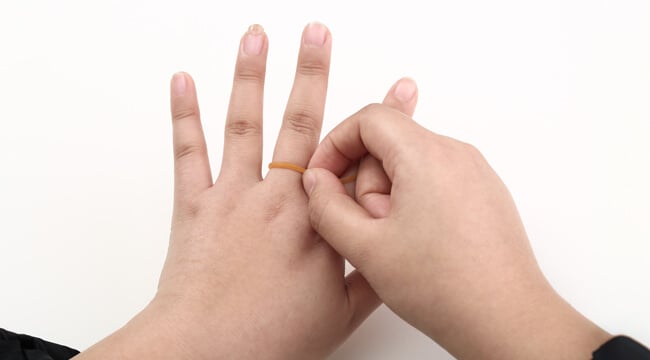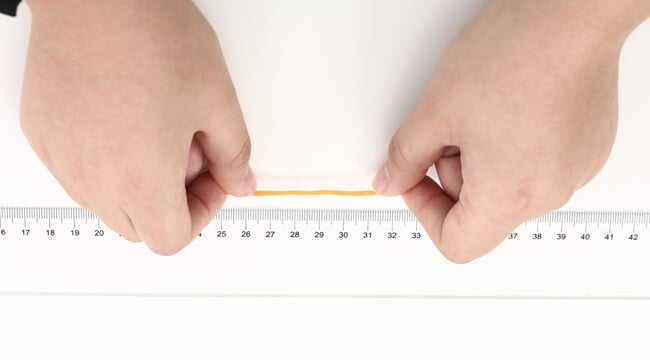Embarking on a journey to select the perfect engagement ring is a profound experience that represents the enduring bond of love and commitment. This comprehensive guide is crafted to illuminate the intricate details and artistry that go into designing an engagement ring, transforming it into a symbol of eternal love. Let’s explore the mesmerizing components that make these rings a testament to a couple’s unique journey together.
The Center Stone
At the heart of every engagement ring lies the center stone, the crowning jewel that captures attention. This centerpiece is usually the most prominent and striking feature of the ring, often a diamond, though other gemstones are also cherished choices. While traditional round-cut diamonds reign supreme in popularity, there’s a growing trend toward unique shapes like oval, pear, emerald, cushion, marquise, and radiant cuts, each adding a distinct character to the ring.
Accent Stones & Side Stones
Accent stones and side stones play an integral role in augmenting the charm of the engagement ring. These stones differ from the central gem in size and placement, yet they contribute significantly to the ring’s overall beauty. Accent stones, typically smaller, are used to adorn the band, enhancing the ring’s sparkle and texture. They might span only part of the band or, in some designs, encircle it completely, creating an ‘eternity’ style that symbolizes unending love.
Side stones, on the other hand, are usually larger and positioned adjacent to the center stone. Their purpose is to frame and accentuate the main gem, often resulting in a more dramatic and eye-catching effect. These stones can be diamonds or other precious gemstones and are available in a variety of shapes, allowing for a high degree of customization.
The Ring Setting: Crafting the Personality
The setting, or the mount of the ring, forms its backbone, supporting and elevating the center stone. This part of the ring dictates its overall aesthetic, whether it’s a vintage charm, a modern sleekness, or timeless elegance. Different setting styles offer a plethora of choices:
- Solitaire: A timeless classic featuring a single stone on a metal band, focusing all attention on the central gem.
- Halo: A captivating style where the center stone is encircled by smaller gems, enhancing its size and sparkle.
- Three Stone: Symbolic and sparkling, this setting has a central gem flanked by two smaller stones, representing a couple’s past, present, and future.
- Hidden Accent: A contemporary choice with surprise diamond accents hidden under the center stone or along the band, offering a multidimensional sparkle.
- Vintage Setting: These settings are inspired by historical eras, with intricate designs reflecting the Art Deco or Victorian styles, among others.
Shank
Often known simply as the band, the shank wraps around the finger. While traditionally round, variations like the Euro style with a flat bottom help prevent the ring from spinning.
Head
The head of an engagement ring, sometimes termed the crown by jewelers, plays a pivotal role in securing the center stone. This crucial component not only holds the stone in place but also complements its shape and brilliance. The design of the head can vary, often featuring prongs that are specifically tailored to the shape and size of the central gemstone. These prongs can take various forms, designed to securely embrace and showcase the stone.
In some designs, the head of the ring may feature additional decorative motifs or be adorned with smaller stones. In these instances, it’s often referred to as the basket. The basket does more than just add aesthetic appeal; it provides increased support and stability for the center stone. This aspect of the ring is a testament to the meticulous craftsmanship that goes into creating a piece that is both beautiful and enduring.
Prongs
These are the delicate metal tips that play a crucial role in holding the center stone in place. Their design is not just functional but also aesthetic, varying in shapes like claw, bead, or V-shaped. These variations are chosen to complement both the shape of the center stone and the overall style of the setting. Whether they are elegantly pointed or smoothly rounded, prongs are essential in securely showcasing the central gem.
Gallery
The gallery is a less obvious but equally important feature, visible when viewing the ring from the side. This space, nestled between the ring’s head and the band, often includes both structural and decorative elements. In some designs, the gallery is adorned with hidden diamond accents, adding a layer of sophistication and surprise to the ring’s profile.
Bridge
Positioned just under the gallery, the bridge supports the structure of the ring. Its design can range from simple and understated to richly decorated with intricate details or additional stones. The bridge not only contributes to the ring’s stability but can also be a subtle element of beauty, enhancing the ring’s overall design.
Shoulder
The shoulders of the ring mark the transition from the central setting to the shank. They offer a canvas for creativity, with designs that can taper, twist, split, or remain straight. This area can significantly influence the ring’s overall appearance, adding character and style to the design.
Sizing Area
Located at the bottom of the shank, the sizing area is key for ensuring a perfect fit. Adjusting the size of an engagement ring involves cutting and resizing this part of the shank, either adding or removing metal. This process is essential for achieving a comfortable and secure fit, ensuring that the ring not only looks splendid but also feels right on the finger.
Conclusion
In summary, the creation of an engagement ring is a harmonious blend of craftsmanship, design, and personal expression. Each element, from the gleaming center stone to the subtlest design on the bridge, comes together to create a piece that’s not just a piece of jewelry, but a profound symbol of love, commitment, and a shared future.






